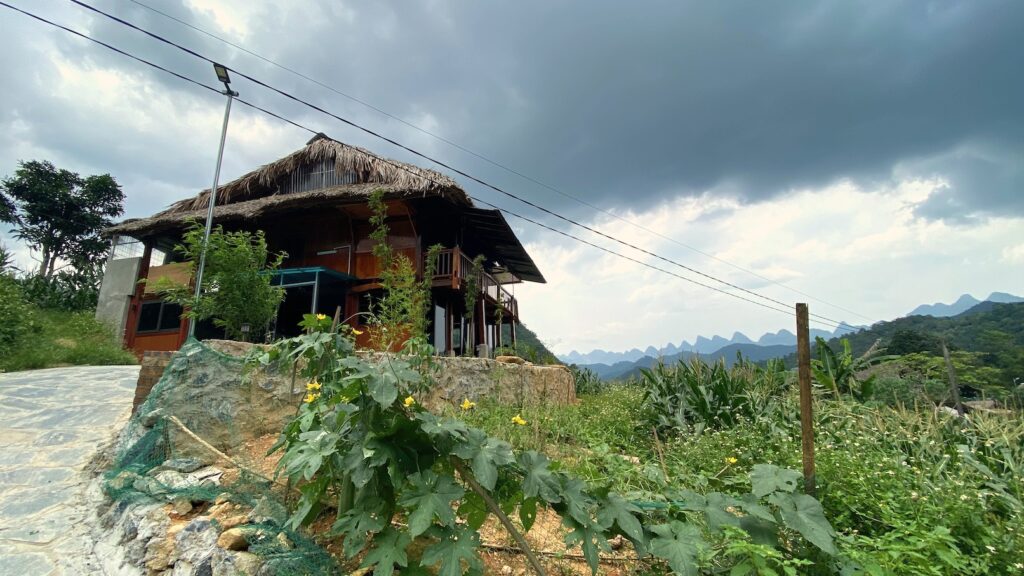Introduction
Tourism is important to many countries’ economies but at what price to the environment and local communities? The key solution is to adopt responsible tourism practices whenever we travel that will help to reduce the effect on our environment.As travellers, we must be conscious of the impact we might cause during our journey. Embracing responsible tourism will help protect and preserve the destinations for future generations.This blog post will explore some approaches and highlight practices for responsible tourism that can have a significant and positive influence wherever we visit.

Thon Tha Homestay
Understanding Responsible Tourism
It is important to observe sustainability by caring for the places we visit and contributing to their welfare. As visitors, often we are oblivious that travelling brings negative environmental outcomes. By taking initiatives like responsible tourism practices, we can be a part of promoting sustainable local development and respecting their national heritage. It will contribute to the well-being and longevity of the places by ensuring sustainability without causing any harm.
Examples of Responsible Tourism
1. Local Communities
Changing travel habits that will make a difference in the lives of the locals. For example, by choosing to stay in local accommodation i.e. local homestay or buying crafted souvenirs from local artisans. This helps to support the local economy by ensuring their earnings stay within the communities. Such small yet powerful acts of responsibility help to encourage the preservation of their culture & traditions.
2. Reducing Carbon Footprint
As visitors, we want to travel to as many places as possible. Hence, we should look for ways to reduce our carbon footprint such as walking, cycling, or public transportation. It is essential to lessen our carbon emissions by supporting organizations like YESD.org for carbon reduction travel. With this practice, we are engaging in the fight against climate change for a more sustainable future.
3. Respecting Wildlife
Wildlife tourism is a good education for our children. The key point of responsible wildlife tourism concerning animals is to respect it. Avoid unethical wildlife tour packages. It is important to stay clear of these activities such as riding elephants or swimming with dolphins that harm or exploit animals. That may also risk the lives of the visitors. Standing against cruel practices will help to safeguard the planet’s diverse and fragile ecosystem.
4. Conserving Resources
By conserving resources, we should take initiatives like reusing towels, turning off lights when not used and reducing waste. These practices help to protect the environment and promote sustainability. Choose to stay in eco-friendly accommodation that contributes to efforts like using recycling products for amenities and using renewable energy sources. Our actions might be little but would have positive ripple effects to reduce the environmental impact.

